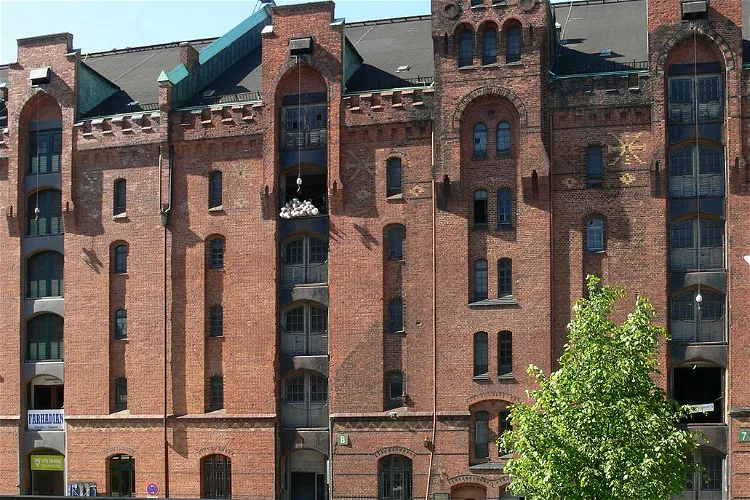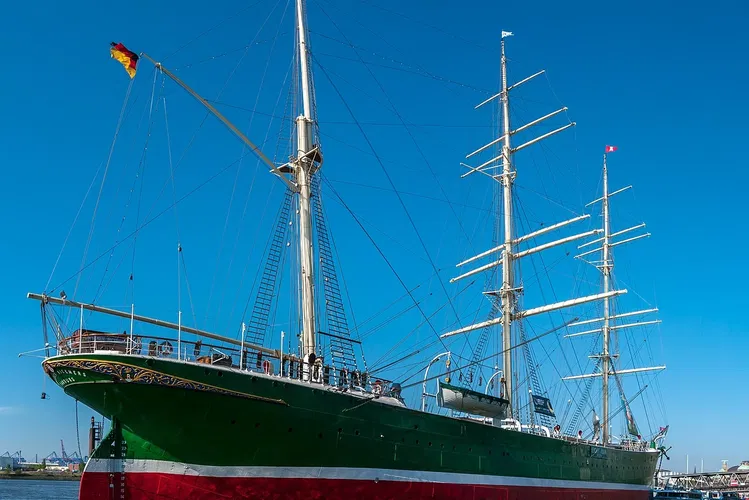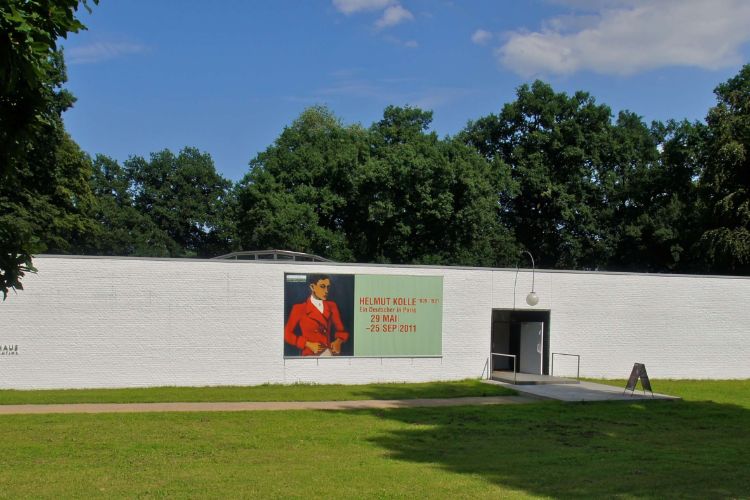Are you interested in military history? These are the must-visit war museums in Hamburg:

Hamburg Dungeon
HamburgThe Hamburg Dungeon is a unique tourist attraction that was established in the year 2000. It is part of a chain that includes the London Dungeon and Berlin Dungeon, making it the first of its kind to be built in mainland Europe. This attraction offers a unique perspective on history, providing an interactive experience led by actors.
Museum Ship Rickmer Rickmers
HamburgThe Rickmer Rickmers is a significant historical monument in Hamburg. This three-masted steel cargo sailing ship is now a museum, providing visitors with a glimpse into the maritime history of the city. It is located in the port of Hamburg at the St. Pauli Landing Bridges, a popular tourist area known for its vibrant nightlife and entertainment.
Neuengamme Concentration Camp Memorial
HamburgThe Neuengamme concentration camp was a network of concentration camps in the North of Germany that consisted of the main camp, Neuengamme, and its more than 85 subcamps. With more than 100000 prisoners that came through The Neuengamme camp and its subcamps, it became the largest concentration camp
Ernst Barlach Haus
HamburgErnst Barlach Haus (Ernst Barlach House) is an art museum devoted to the German expressionist sculptor, printmaker and writer Ernst Barlach. He is mostly known for his sculptures protesting against the war. The museum includes around 140 works in wood, bronze, ceramics, porcelain, terracotta and pla
Gedenkstätte Ernst Thälmann
HamburgErnst Thälmann (1886-1944) was chairman of the Independent Social Democratic Party (USPD) in Hamburg and a member of the Hamburg Parliament. He then became a member of the German Reichstag and chairman of the Communist Party of Germany (KPD). From 1929 until his arrest on 3 March 1933 he lived with